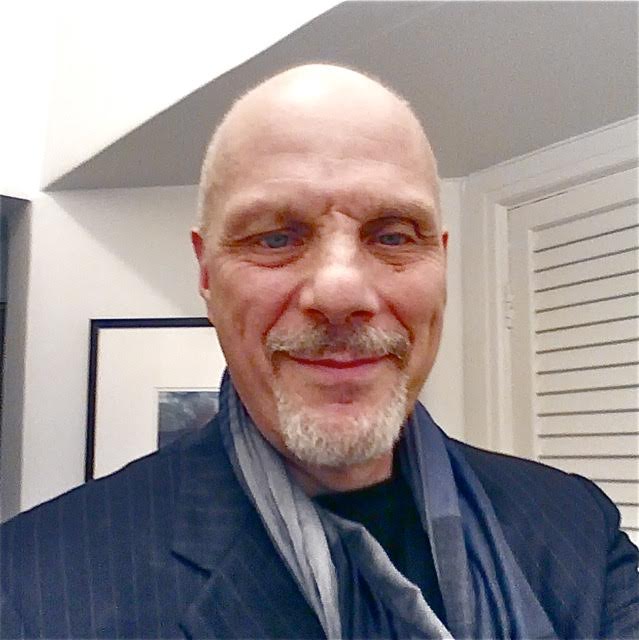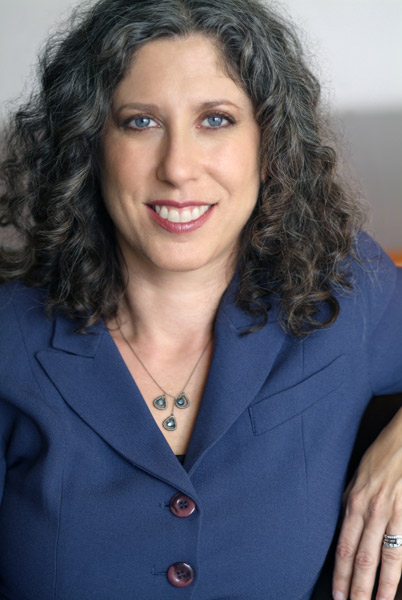 by Daniel Singer
As a young man in my 20’s and well out of college, I was continuing with the spiritual search I had consciously begun at age 15. So as it happened, I found myself living in upstate New York on a rural farm, with a serious group of spiritual seekers. We were studying, in a practical way, the ideas of Gurdjieff. This farm/craft guild was an extraordinarily impactful learning environment, centered around traditional arts like pottery, weaving, woodworking, printing, farming, home-crafts, etc. We were studying the ideas of Gurdjieff; and working at traditional crafts was part of a means we used for self-study. I myself became a glassblower artisan there, and made this community my home for 6 years.
by Daniel Singer
As a young man in my 20’s and well out of college, I was continuing with the spiritual search I had consciously begun at age 15. So as it happened, I found myself living in upstate New York on a rural farm, with a serious group of spiritual seekers. We were studying, in a practical way, the ideas of Gurdjieff. This farm/craft guild was an extraordinarily impactful learning environment, centered around traditional arts like pottery, weaving, woodworking, printing, farming, home-crafts, etc. We were studying the ideas of Gurdjieff; and working at traditional crafts was part of a means we used for self-study. I myself became a glassblower artisan there, and made this community my home for 6 years.
While I was living there, a group of musicians visited us from Minnesota. They were from the orchestra in St. Paul. As it happened, their Alexander teacher, Goddard Binkley, (who had been trained by F.M. Alexander), had been invited by one of their group to visit us. And so, when he visited we all received a single private lesson with Goddard.
My half-hour lesson with Goddard was a very simple, no-frills chair session. The only procedure besides sitting and standing was a formal lunge. Although it was my first lesson, (and I hadn’t a clue about the AT or what was expected of me as a student taking a lesson) few words were exchanged and, strangely, nothing at the time felt like it actually needed an explanation. I recall the education in that lesson felt sufficiently implied through the intention of Goddard’s touch, directly impacting my kinesthetic sense. Looking back on it now, it is quite easy for me to argue against adopting such a model/strategy for teaching a “first lesson.” His choice to not explain anything was a curious and radical choice. I speculate that his view might have been: “If my student is leaving themselves alone sufficiently to receive new kinesthetic data from my hands and not fall back into their old pattern of thinking, this new student’s nervous system will sufficiently interpret and use the new data, even in a first lesson.” Again, it seems like a less than optimal model for most first lessons, in my current view. Yet, in Goddard’s defense, it might be useful to note that the residents of this community were all rigorously focused on mindfulness, a living relationship to silence and contemplative inquiry. We were all studying together, as a group, the axiom "Know Thyself.” Therefore, it may be likely that Goddard felt that relative silence in a first lesson was a feasible strategy in the case of these particular first lessons in the Alexander Technique. However, I only speculate.
I recall the feeling of Goddard's hands to this day…inviting, strong and dynamic. They mysteriously sculpted my body and calmed my mind. He guided me into the chair in a totally new way. There was no table work given in that first lesson. When my half-hour lesson was done, I experienced a feeling that was truly unprecedented in my young life experience. It was an epiphany without words and I felt profoundly altered in my sense of self. It was as if I had landed on planet Earth for the first time, a wakeful presence mixed with a lightness of being that had hitherto eluded me. Much to my own surprise, right after walking away from the chair at the end of the lesson I turned to Goddard and said to him, “I know this must sound strange to hear, but someday I am going to teach this work to others.” To this day, I don’t know how I had the chutzpah to say that to him in that way, but I did. And even though it took 5 more years before I actually was able to have another Alexander Technique lesson, this time with Judith Leibowitz, eventually my prediction came to pass and I trained to become a teacher of this work.
As a child, I had been rather sickly, not having sat up until almost 2. As an infant, I couldn’t keep food down so barbiturates had been medically given as a remedy for that. Prone to continuous infections, I had been well-meaningly placed on oral penicillin for 11 years until the doctors decided that medical choice was no longer a smart one. I developed acute asthma and my nervous system became overwhelmed by the “speedy” drugs given for that. I wasn’t reading until after age 7. So there were definitely developmental lags and missing pieces, as well. Yet, through the graces of nature, by the time I was a young man, I had caught up in many areas. But my relationship to organization, self, balance, breath, movement and a normal sense of physicality was still quite challenged.
I feel it was a gift from God that I was guided to my first lesson with Goddard back in 1974. The trajectory of my life was significantly altered during that half-hour with him. And so, today I teach and help train others to study awareness, inhibition and direction through the Alexander Technique as I continue this ever-new investigation into the I-Thou-ness of living.
[author] [author_image timthumb='on']http://www.acatnyc.org/main/wp-content/uploads/2015/11/Daniel-Singer.jpeg[/author_image] [author_info]DANIEL SINGER is a senior faculty member at the American Center for the Alexander Technique Teacher Certification Program. He maintains a private practice in NYC and is currently on staff as the Alexander Technique teacher at three performance Conservatories: AMDA, Circle-in-the Square and Michael Howard Studio. Daniel is an author of the book The Sacred Portable Now (Prima Publishing, 1996). He also co-produced a CD “The Back Alive Advantage” based on principles of Alexander Technique self-lesson work. Additionally trained and certified in educational and therapeutic uses of visualization by the American Institute for Mental Imagery, he’s an artist whose mediums have included glassblowing, painting and writing. And for the last ten years he has joyfully pursued a passion for studying and dancing Argentine Tango. [/author_info] [/author]
 by Brooke Lieb
I first heard about the Alexander Technique when I was researching theater training. Alexander was part of the curriculum at The Juilliard School, Carnegie Mellon University, ACT in San Francisco, and many of the acting programs in London. I was planning to study for theater as an undergraduate, though I honestly didn't think I had the talent or constitution to manage the business side of the profession. Since I always liked to communicate through touch, I thought the Alexander Technique would be a profession that would place me within the performing arts world as a teacher, without dealing with the stress and rejection of auditioning and relying on being the right type to get to practice my craft as an actor. I knew on some level that I was going to train to teach the Alexander Technique even before I had a lesson.
by Brooke Lieb
I first heard about the Alexander Technique when I was researching theater training. Alexander was part of the curriculum at The Juilliard School, Carnegie Mellon University, ACT in San Francisco, and many of the acting programs in London. I was planning to study for theater as an undergraduate, though I honestly didn't think I had the talent or constitution to manage the business side of the profession. Since I always liked to communicate through touch, I thought the Alexander Technique would be a profession that would place me within the performing arts world as a teacher, without dealing with the stress and rejection of auditioning and relying on being the right type to get to practice my craft as an actor. I knew on some level that I was going to train to teach the Alexander Technique even before I had a lesson.
 by Daniel Singer
As a young man in my 20’s and well out of college, I was continuing with the spiritual search I had consciously begun at age 15. So as it happened, I found myself living in upstate New York on a rural farm, with a serious group of spiritual seekers. We were studying, in a practical way, the ideas of Gurdjieff. This farm/craft guild was an extraordinarily impactful learning environment, centered around traditional arts like pottery, weaving, woodworking, printing, farming, home-crafts, etc. We were studying the ideas of Gurdjieff; and working at traditional crafts was part of a means we used for self-study. I myself became a glassblower artisan there, and made this community my home for 6 years.
by Daniel Singer
As a young man in my 20’s and well out of college, I was continuing with the spiritual search I had consciously begun at age 15. So as it happened, I found myself living in upstate New York on a rural farm, with a serious group of spiritual seekers. We were studying, in a practical way, the ideas of Gurdjieff. This farm/craft guild was an extraordinarily impactful learning environment, centered around traditional arts like pottery, weaving, woodworking, printing, farming, home-crafts, etc. We were studying the ideas of Gurdjieff; and working at traditional crafts was part of a means we used for self-study. I myself became a glassblower artisan there, and made this community my home for 6 years.